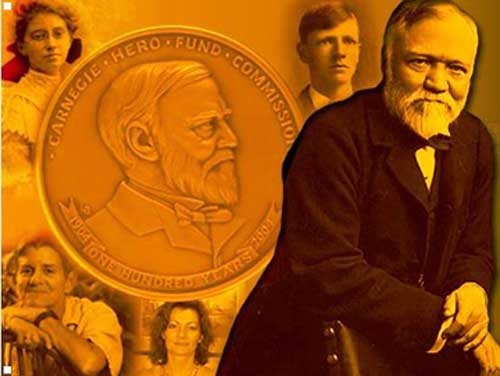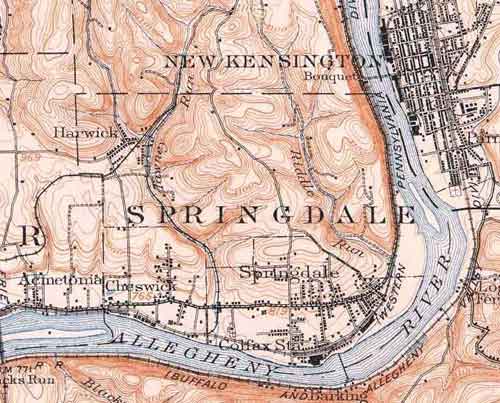 by Bob Ciminel October 18, 2004
At 8:15 a.m. on that cold January morning, 177 men were killed when an explosion ripped through the No. 4 Left Butt entry. The explosion was caused by an improperly placed charge of black powder that ignited methane gas, which had accumulated in the entry because of poor ventilation. Normally, the mine had 65,000 cubic feet of air per minute circulated through its working by a large fan. However, the cold weather had caused ice to form in the intake tunnel, which reduced the volume of air going into the workings. This allowed the methane gas to build up in the mine. Once the methane gas ignited, it created a tremendous pressure wave that caused the coal dust lying on the passageways and walls of the mine to become suspended in the air. The coal dust exploded, causing more dust to ignite. The fire spread with ferocious velocity throughout the mine. The force of the explosion blew a mule 300 feet up the mine shaft. It was over in a matter of seconds. Shortly after the explosion, Selwyn Taylor, a mining engineer, repaired the damaged ventilation fan. Taylor and a group of men entered the mine around 6 p.m. Finding one man alive at the bottom of the shaft, Taylor set off into the workings to search for more survivors. Inspector Cunningham found Taylor dead later than evening when he entered the mine as part of another search and rescue team. Later, another rescuer, Daniel Lyle, entered the No. 4 Left Butt without the knowledge of his superiors to search for victims. He also died from carbon monoxide poisoning. 
Although it was originally established to honor coal miners, Carnegie did not put limits on who could receive the awards. Carnegie Hero Fund awards have gone to people who have saved victims from burning buildings, cave-ins, drowning, avalanches, attempted murder, and even rabid dogs. The awards are given five times a year. The most recent awards were presented to 26 individuals, six of whom died in their attempt to render aid. Thirty five Alaskans have won Carnegie Hero awards. The first was awarded posthumously to Joseph Boutin in 1927 for his attempt to save a man who fell from a boat in the Copper River. The most recent award went to Jeffery Harriman in 2001 for rescuing a man being attacked by a knife-wielding intruder at an Anchorage elementary school. I believe it was the Apostle
Paul who said, "Greater love has no man than this, that
a man lay down his life for his friends." The people who
posthumously win a Carnegie Hero Award go one step farther; they
lay down their lives for strangers.
|
